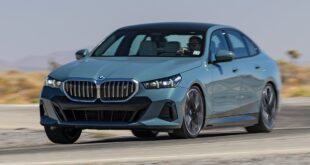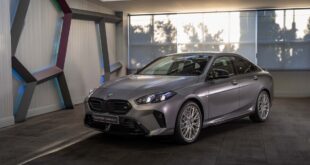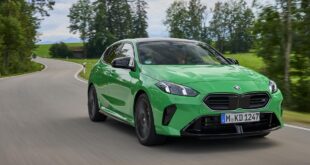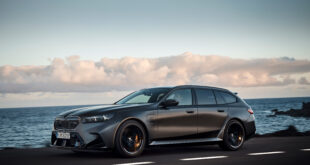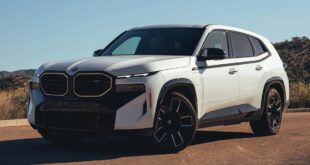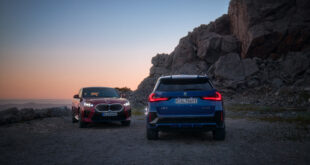Fuel cell electric vehicles (FCEVs) are the latest attempt of BMW to build a vehicle that runs on hydrogen. The BMW iX5 Hydrogen prototype made its public debut at the 2019 Frankfurt Auto Show and then again at the 2020 Munich Auto Show. In Arjeplog, Sweden, BMW’s testing ground, you can do just that. Just 55 kms from the Arctic Circle, the facilities of BMW, MINI and Rolls-Royce provide the ideal environment for the development of new vehicle components and models.

The 28-hectare test site includes more than 740 metres of snow track and halfa kilometre of gap dynamics area. There are also a number of steep slopes and a designated braking test track for various surfaces. Of course, in this part of northern Sweden with its 8,800 lakes, there are plenty of options for winter recreation. Usually, the locals start preparing at Lake Kakel in late October or early November.
The project manager of the BMW iX5 Hydrogen, Robert Halas, and Dr Juergen Guldner, head of all hydrogen and hydrogen vehicle projects at BMW, have started the day’s programme for the test drives. On the first day of this test drive, both will be in the driver’s seat. Only BMW engineers are authorised to drive the iX5 Hydrogen on public roads, as the vehicle is currently classified as a prototype.
With two carbon fibre hydrogen tanks, the BMW iX5 Hydrogen can hold 6kg of compressed hydrogen at 700 bar pressure. The BMW iX5 Hydrogen has two tanks that form a T-shape on the floor. One tank is located where the transmission tunnel normally is, while the other is hidden under the rear seat. Toyota makes the fuel cells, but Munich develops the stack and software that goes into the fuel cell system.
Dr Guldner says BMW has made a lot of progress since the days of the 5 Series GT hydrogen. One of which is in power density. BMW is also recycling much of the technology from the current BMW iX3 or iX, both of which use BMW’s fifth-generation eDrive electric motor technology. The only difference is that instead of a battery pack supplying electricity, hydrogen fuel cells convert compressed hydrogen into electricity. A converter then modulates the voltage of this energy for the electric motor.
 BMW.SG | BMW Singapore Owners Community The Ultimate BMW Community – Established Since 2001
BMW.SG | BMW Singapore Owners Community The Ultimate BMW Community – Established Since 2001

